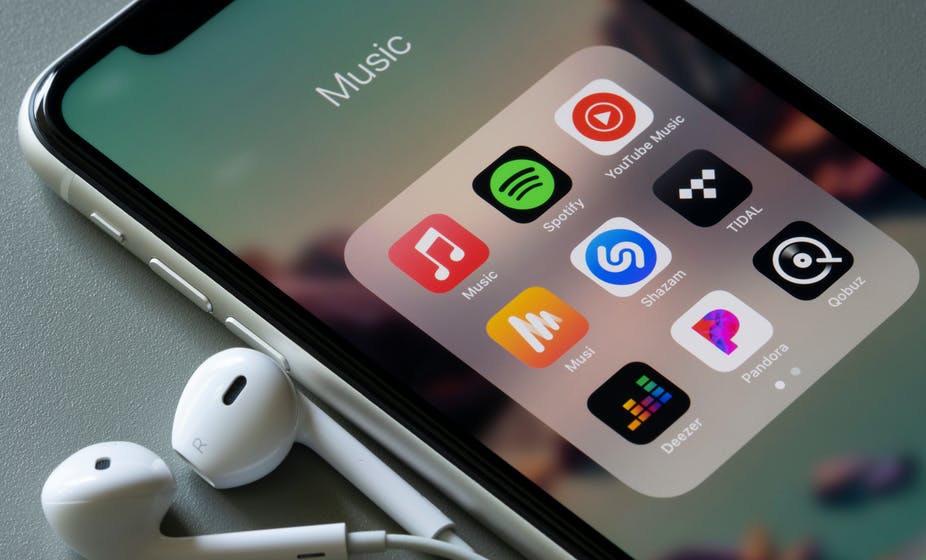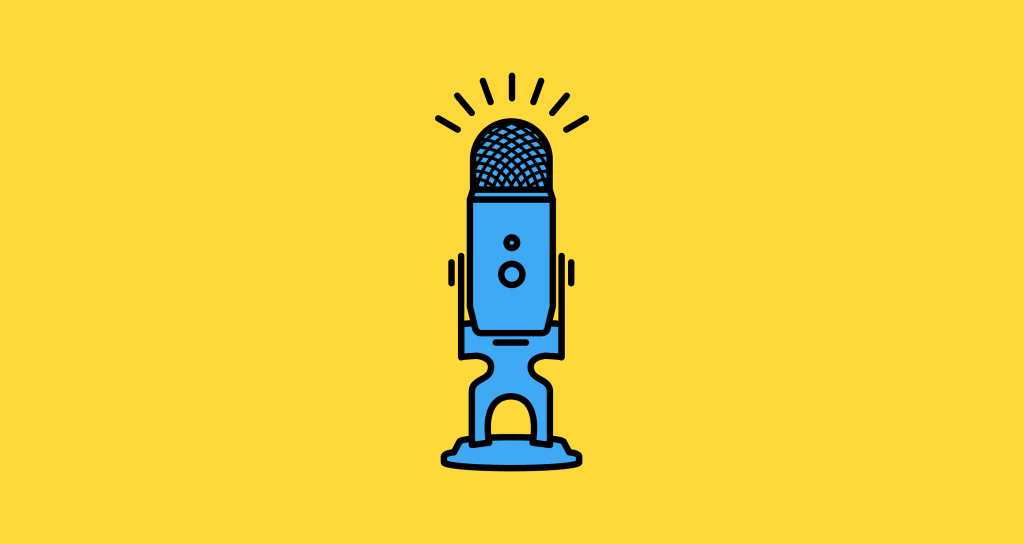Economics of The Music Industry
- Saira
- Jan 12, 2022
- 5 min read
Music has always been a critical part of our lives, and our increasingly hectic schedules have only amplified its importance. Indians spend 21.58 hours per week listening to music, higher than the global average of 17.89 hours. Like you may recall from the Spotify ads, we need music while performing chores, driving, working out, or spending time with our family.
Over the last few decades, technology has changed music consumption significantly. Earlier, people used to buy songs and albums individually. With the advent of digitalisation, came CDs and MP3 files, and with it came the rise of the notorious file-sharing platform - Napster. As people started sharing these files over the internet, digital music piracy reached an all-time high.
According to Spotify’s former chief economist, Will Page, the root of the problem lay in the lack of clarity about how to define digital music’s value. He focused mainly on two different types of goods: private and public. Private good is exclusive, i.e., the owner may deny others access, and the law can protect the owner by criminalizing theft. Its second characteristic is that it is rivalrous because of being scarce. Public good, on the other hand, is nonexclusive and non-rivalrous, e.g., national security. Now the problem with music was that it was not entirely private or public. My downloading of an MP3 clearly doesn’t affect your ability to do so, hence it is non rivalrous. Hence justifying the criminalization of theft, i.e., curbing piracy, remained an issue. The industry had to rescue the music from the public good status (where markets fail as no one is willing to pay for them because of their unlimited nature) and convince users to pay for a good that was definitely not scarce.
Here is when streaming entered the scene. Companies such as Spotify lured potential users by providing them with an ‘all you can hear’ incentive by bundling multiple tracks together and offering them at highly subsidized rates. This shift from playing to streaming wasn’t easy and rather at the cost of the artists. The reduced prices affected them. In fact, even today, artists are seen demanding transparency in the music economy and are questioning where the ever-increasing streaming revenues are going. The economics of music streaming is actually really complicated. However, the rise of the OTT platforms has made it clear that streaming is here to stay. Competitors like Google dropped Google Play to invest in YouTube Music, and Saavn integrated with Jio to join the streaming bandwagon and flourish in this highly competitive industry.

We can discuss some aspects of the streaming economy by taking the case of one such service provider: Spotify. It was actually the model platform, and in 2020 alone, it made up about 20% of the global recorded music industry revenue, more than any other streaming service. Moreover, unlike its peers Apple Music, Airtel Wynk, and Jio Saavn, it has no parent company contributing to its revenue and helping sustain losses.
Spotify created a ‘freemium’ streaming model where you can pay monetarily with a subscription or pay with your time i.e., listening to ads. According to experts, though it dominates the global industry and has been experiencing a solid growth momentum, its stock is currently undervalued. Starting out, it set low prices and offered various deals for students and families to compete with the free model with the belief that the present-day free user may get converted to a paid subscriber.

Users invest time and effort into personalizing their experience. If subscription prices go up, the user has to decide between higher prices and the cost of losing all the personal data accumulated through participation on the platform. Statistically speaking, globally, users are already willing to pay more than the current prices, and hence it is concluded that the company is leaving behind a significant amount besides the money it is generating. The company has built consumer loyalty and garnered market power over time and thus can raise the price and increase the industry revenue without affecting the current user base.
This was the global overview. The case in individual countries is, however different. India, for example, is important for the company due to its strong music culture and promising growth in consuming digital content. However, it is a value-conscious market, where the consumer mind is just used to free stuff. Despite streaming being widely adopted here, it has not yet become a habit. You’ll be surprised to know that paid subscribers constitute only about 1% of the total no. Hence, most of the company’s revenue in India is still from ads that generate substantially less amount than the paid ones.
For Spotify, India is a ‘work in progress’ country where acquisition and retention of the user base is a bigger problem than monetization. To cater to the Indian market, it has taken adopted various schemes. Its pricing in India is honestly laughable compared to what it charges in the US. It is well known for its algorithm in curating playlists and has focused widely on localizing content by introducing playlists in new languages. In India, it has not implemented the track skip limit and shuffle play feature that doesn’t let you select songs, and you can only add it to the queue, hoping that it comes up. Additionally, to cater to the needs of the second and third-tier cities, it has introduced Spotify Lite that works well with weaker internet connections. In a market with 15 other older players, achieving the third spot in 2 years is no mean feat.
It has indeed gone strong on acquisition. But the rivals constantly rolling out new features have made it necessary to think about retention. Eventually, the acquisition will become more costly, and you need to have a strong monetization strategy to bear. Spotify is well aware that users don’t really subscribe to more than one streaming platform. And hence, they are churning out new stuff regularly and basically activating users to the service to a stage where they’ll be less likely to shift to other platforms.
Additionally, it has introduced new avenues of monetization like podcasts. Podcasts are becoming highly popular, and it is just a matter of time before they convert into a rage. In fact, in a few years, it is expected to drive higher revenues than music services. Maybe after a point, all these podcast services will no longer be free.

It will be interesting to see if a value-conscious, quality-driven consumer will pay for a subscription. Will the retention rate suffer after the trial version? All of you may have heard of Clubhouse, an audio streaming app recently launched by JioSaavn. Will Jio continue to reign, or will Spotify take over? If yes, what will be the key differentiators?
Streaming is thriving, and we can’t argue that it is indeed helping artists find newer audiences, newer artists find a base, and developing new genres. The challenge is to ensure a fair playing ground for all the stakeholders involved. In addition to taking care of the users, the services have to grow the money paid to right holders, which goes to the artists, verify and expand the no. of professional artists succeeding and propel the music industry forward.
I hope the next time you hear a Spotify ad, you have the chance to think about more things than just how annoying it is!
- Saira



Comments